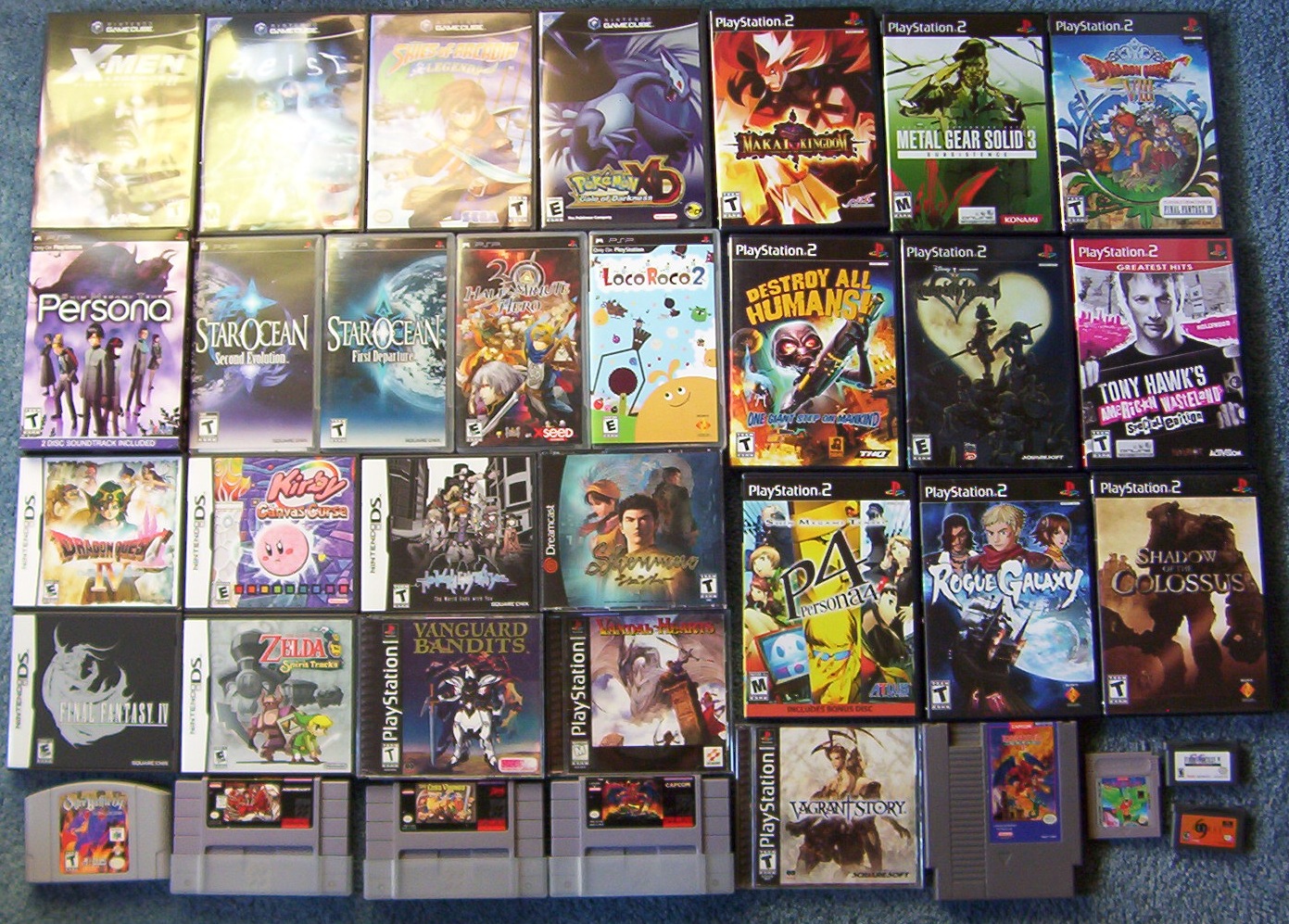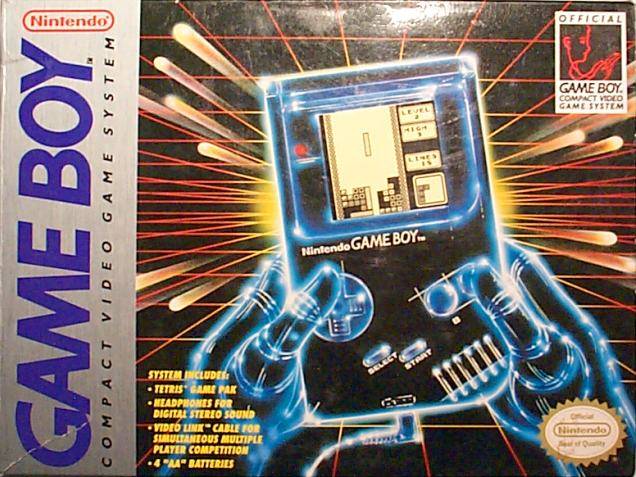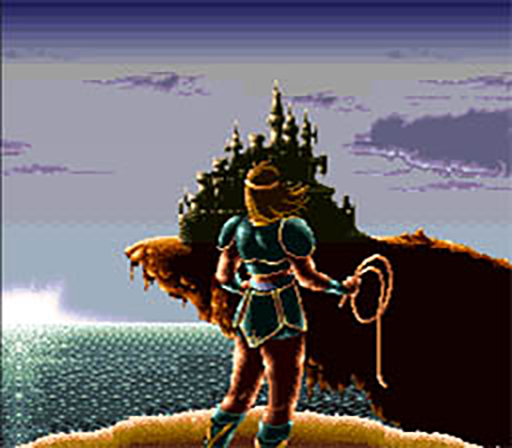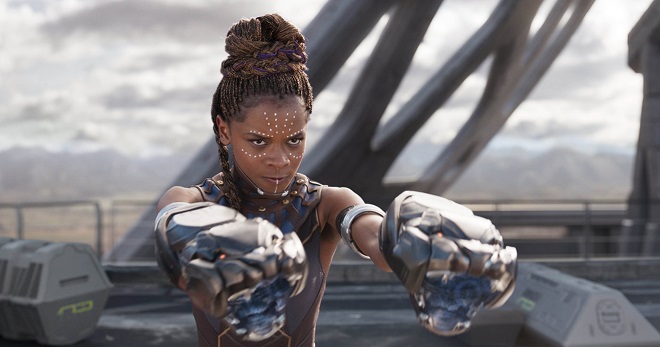Amnesia Lane: Where are the games vindicated by history?
While wandering in Discords that are NOT Damage Control’s (I know, I’m a two-faced, two-timing two-factor authenticator) I encountered a question that really made me think: Are there any games that were reviled upon release but their image became rehabilitated in the Internet age?
If I remember correctly, the word used to describe the game upon release was “dogshit.”
And try as I might, I couldn’t come up with any examples. I could think of some cult classics that were simply rare, overlooked or had too niche an appeal at the time, but not a single game that was critically and popularly panned that later became an unironic darling.
Of course, there are a couple of factors complicating the question.
First, the proliferation of YouTube video game reviewers specializing in kersoge. This lead to a lot of attention, hate-playing and personal challenges involving “dogshit” games, but I don’t think that resulted in any of them actually becoming beloved for any reason other than their infamy.
Games featured in those videos, like Dr. Jekyll and Mr. Hyde, are more comparable to flops like The Room which enjoys its current popularity not because it was favorably reconsidered, but because people sometimes want to watch a trainwreck.
So where are the games comparable to Vertigo, which disappointed audiences, critics and the Academy alike in 1958 but decades later improved its reputation to the point of making the American Film Institute’s Top 100 movies of all time …at number 9?
That new question is also complicated by an entire era in which gamers, developers reviewers and console makers were all star-struck by polygon technology being in people’s living rooms. Sony, famously at the time, designed the Playstation without dedicated 2D-graphics hardware (which also helped them beat the Sega Saturn’s price point). While 2D games existed on the PlayStation, they used a lot of texture trickery to achieve the look. And Sony Computer Entertainment of America often refused to publish those games in North America.
Meanwhile, many game magazine reviewers would severely dock 2D games for not getting with the program regardless of any other merits. And this was long before the time the industry decided that a 70% was the new 50%. Even for games reviewers wished to praise, the message that 2D is obsolete and its use baffling or unjustifiable was loud and clear. IGN, in its review of Castlevania: Symphony of the Night, described the 2D art style as “retro” (in 1997!) and that it was a “shock” that needed to be overcome to discover the amazing game hiding underneath the ugly cover. Gamespot described Mega Man X4‘s full embrace of 2D as both “bold” and “outmoded.” If only they knew what would await them in Mega Man X7.
A large segment of gamers themselves would profess at length that 3D in its infancy — a few thousand polygons at 10 frames per second with anything away from the focal point obscured by fog — was intensely more beautiful than hi-res pixel work at its maturity.
As such, once the honeymoon was over with new technology, a lot of people in the early aughts “discovered” the sprite-based classics from 1997+ they had previously refused to consider at the time, but absolutely WOULD have considered in 1994. Which is almost as weird to put my head around as the mass hysteria that caused it, which went FAR beyond, “hey, this new thing is cool.”
I would stop short of calling the affected titles of this era “dogshit” ; or even diamonds in the rough. But rather, it’s as though 2D became like a niche genre, like JRPGs before Final Fantasy VII. So I would consider all the good 2D games that occurred when 2D was temporarily canceled no different than titles that went overlooked or underplayed from earlier times.
The search must continue elsewhere for a bad game that became good (without a patch).
Indeed, it’s easier to find games with reputations that got worse with the advent of the internet, as it provided a way for people to find new kusoge they had not known even existed.
At the end of the day, I didn’t think I could put my finger on even one satisfying answer to the question. I couldn’t find a fridge brilliance game or a classic that wasn’t cult. I have to wonder if the fact that gameplay is a thing that exists fundamentally removes the role taste plays in reevaluating the experience of playing a video game.
Perhaps the only example is a game like Metal Gear Solid 2, which got a lot of flack for its bait-and-switch plot at the time, has morphed over the years into a Cassandra-like warning of the present-day American war on reality. But even then, that pick has nothing to do with any of the other aspects for a game; not its controls, graphics, sound, core gameplay loop, and so on. Merely its story. And that seems so limited.
I feel like this question has completely and thoroughly defeated me. And I would be interested in knowing if anybody has an answer to suggest.






I stumbled upon a message board discussion years ago where people tried to make this happen with Quest 64, but only like two people agreed. It’s funny how difficult it is to come up with examples of this phenomenon.